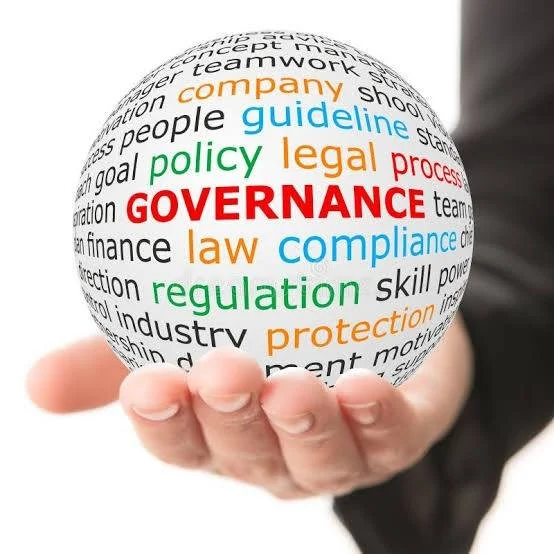Governance: Power Over People vs. Power For People
What happens when governance fails?
What happens when governance works?
History gives us both answers. At its worst, governance concentrates power in the hands of a few. Hitler’s dictatorship in Germany, the fractured leadership of Yugoslavia in the 1990s, and the unchecked violence of the Rwandan Genocide remind us that absolute power, when left unchallenged, can devastate societies and generations.
But governance can also be transformative. True governance begins when leaders design systems with people in mind — frameworks that can be tested, improved, and scaled. It’s not just about ruling; it’s about building structures that serve society, ensure fairness, and inspire progress across borders.
Martin migrated from Kenya, leaving behind corruption that eroded trust in institutions. His story reflects a global reality: millions flee systems that fail them. For Martin, the question is clear: what does it mean to test a system?
Testing governance means creating mechanisms that don’t just exist on paper but prove their worth in practice. It’s about asking: does this system reduce inequality, improve lives, and adapt to change? A system must be resilient enough to withstand corruption, transparent enough to earn trust, and flexible enough to grow with society.
Imagine a bustling city where thousands move daily. With modern tools — computers, databases, and advanced analytics — governance can shift from guesswork to evidence-driven decisions.
Data Collection: Track where people live, work, and commute.
Analysis: Compute patterns — transportation costs, traffic congestion, fuel consumption, and environmental impact.
Simulation: Model the impact of building a new railway station — reduced traffic, pollution, and fuel use.
Visualization: Show how a $10 billion investment in infrastructure benefits society.
This is governance in action: not abstract policies, but tangible improvements tested against reality.
Imagine the ripple effects of Momo’s railway simulation:
Reduced traffic congestion: Families spend less time stuck in cars, more time together.
Lower pollution: Cleaner air means healthier children and fewer hospital visits.
Fuel savings: Citizens keep more money in their pockets, boosting local economies.
Shared prosperity: Infrastructure becomes a public good, lifting entire communities.
Governance here is not about speeches or decrees; it’s about measurable outcomes that improve daily life.
When governance embraces data, transparency, and accountability, it becomes more than leadership. It becomes a visionary framework that communities can trust, replicate, and expand globally.
Martin’s migration story and Momo’s vision converge here: governance is not about the will of a few, but the empowerment of many. It’s about designing systems that prove themselves in practice, inspire confidence, and build futures worth staying for.
Governance is not static. It is a living system that must be tested, challenged, and refined. When leaders embrace evidence, when communities demand accountability, and when innovation meets vision, governance transforms from a tool of control into a force for good.
That’s the heart of governance: not power over people, but power for people.
What do you think governance should look like in the 21st century? Should it be driven by data and transparency, or by visionary leadership?
Share your thoughts in the comments — let’s spark a conversation about how governance can evolve to serve people better.


